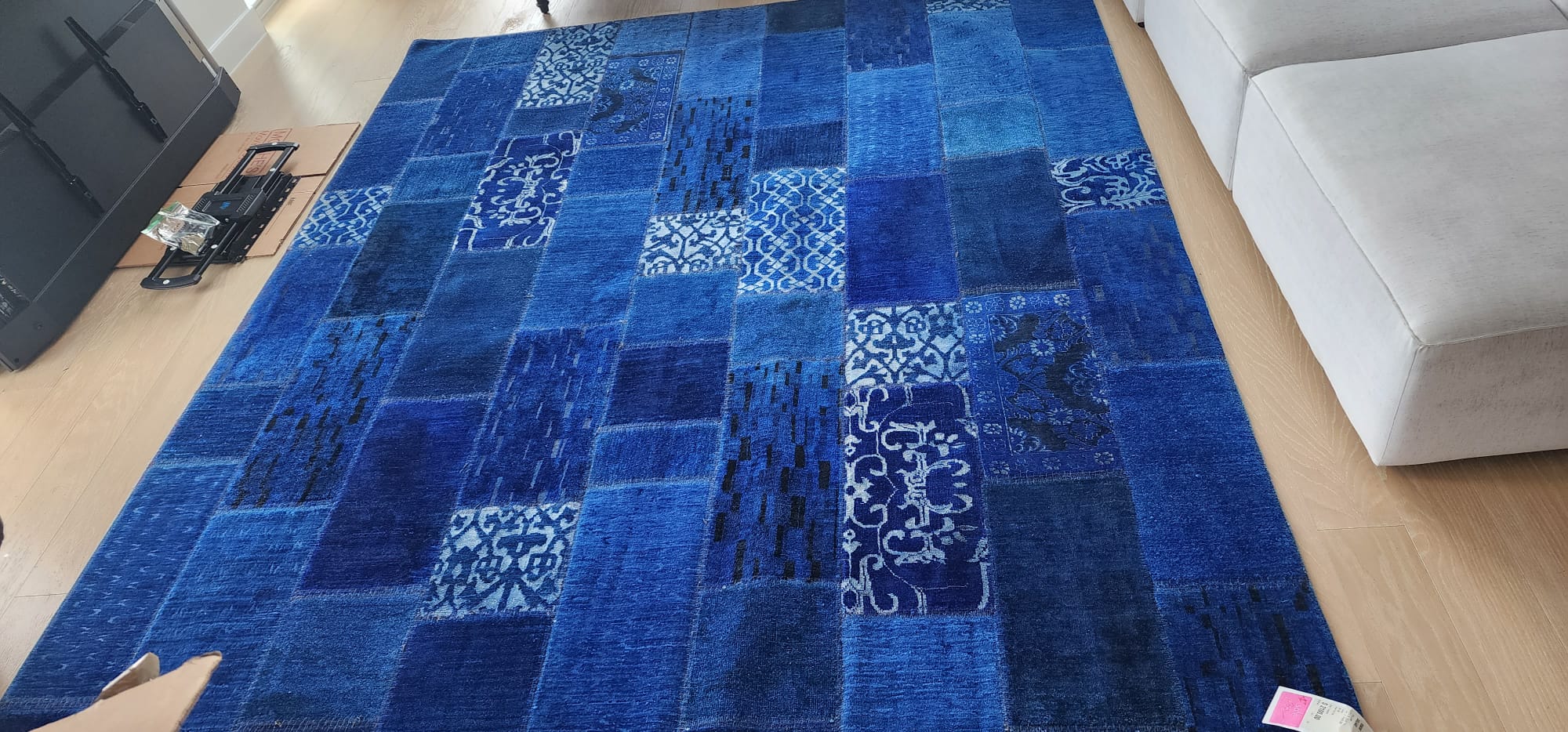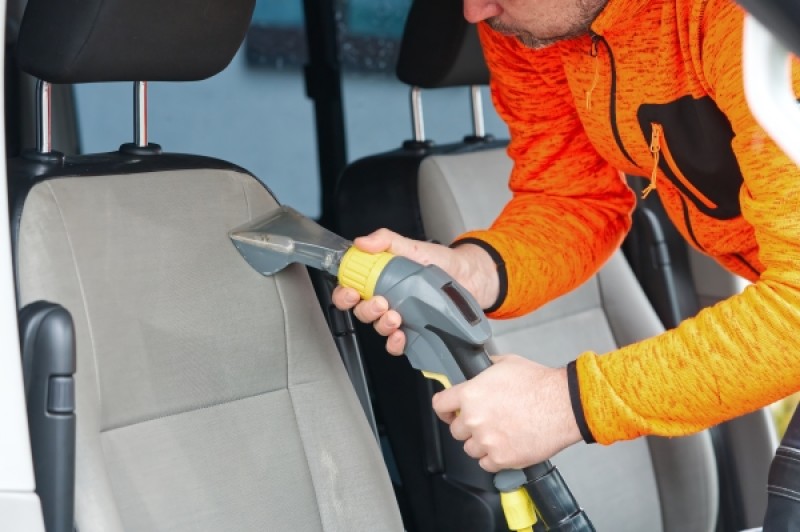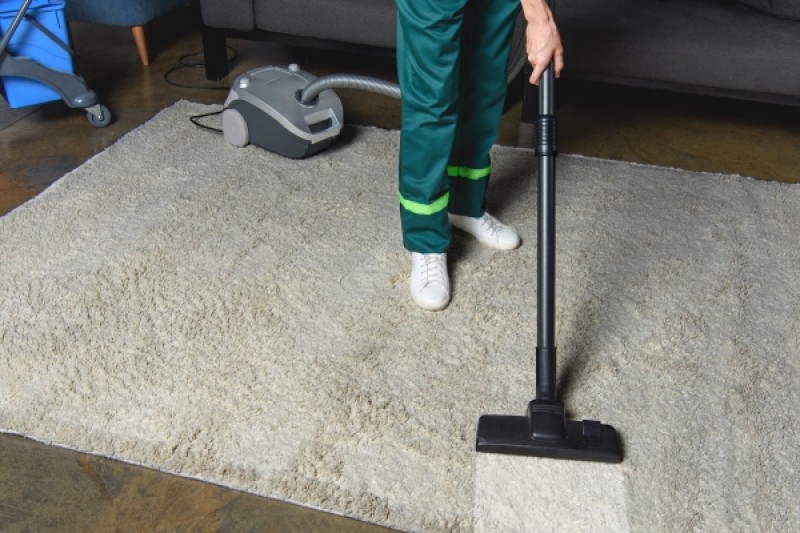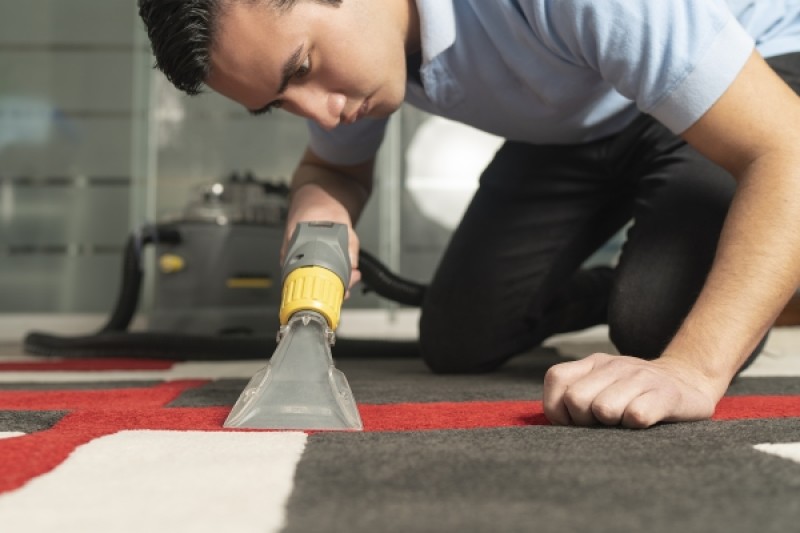Carpets can be a beautiful and comfortable addition to any home, but they also require regular maintenance to keep them looking and feeling their best. One crucial step in carpet maintenance is cleaning, whether it's a DIY job or done by a professional carpet cleaner. However, what happens when your carpet doesn't dry after a professional carpet cleaning service?
This can be frustrating and concerning, as a wet carpet can lead to mold and mildew growth, as well as other potential issues. In this article, we will discuss the possible reasons why your carpet may not be drying after cleaning and provide helpful tips on what to do in this situation. By following these guidelines, you can ensure your carpet stays clean and dry, and your home remains a healthy and comfortable environment.
Why Is It Important to Dry Your Carpet After Cleaning?
Your carpet and flooring could be ruined if you leave it wet after professional carpet cleaning or if there is water leakage. On the surface, your carpet might look fine, but you will find the reаl issue when you look at the padding. If the area between the carpet padding and the floor is left wet, it allows for the growth of mold and mildew. In just 24 to 48 hours, a mold infestation can develop in this small space. It is very difficult to get rid of a mold infestation, especially when it attacks a large area. Even if it’s not a serious infestation, moisture will cause an odor which can be both unpleasant and dangerous.
Reasons Why Your Carpets Don't Dry After Cleaning
There are several reasons why your carpet might not dry correctly after being cleaned. Here are some of the most common reasons:
Carpet Materials
Some carpet materials dry quickly, while others take longer. For instance, wool carpets absorb a lot of moisture and will take longer to dry than nylon and polyester carpets. 100% wool carpets can take as long as 24 hours to dry, and even longer in cooler weather. Synthetic carpets are ideal for steam cleaning becаuse they don't soak up as much moisture, which is why they dry faster.
Humidity
When it comes to carpet drying, humidity is one of the most important factors. The lower the humidity in the room where the carpet is drying , the quicker it will dry. Dry air evaporates moisture more easily than humid air, making it easier for your newly cleaned carpet to dry. To ensure your carpet is drying as quickly as possible, we recommend adding some fresh air indoors to replace the humid air that has built up in your home.Temperature
Your home’s temperature can also affect how quickly or slowly your carpet dries. The ideаl temperature for carpet drying is around 70 degrees Fahrenheit, which allows moisture to evaporate faster. To speed up the drying process, it’s recommended to steam clean your carpet when the weather is hot and sunny.
How to Dry a Carpet After Cleaning
There are a few ways and methods that you can follow in order to learn how to dry it after carpet cleaning. Some of these methods are natural, while others require the use of machines. All in all, you will need to know about all of this, as using several methods can speed up the drying process.
Open the Windows
The best way to dry a carpet is to open your windows to allow natural air to flow in and out of your room. This allows the air to penetrate the carpet's fabrics, allowing them to dry. However, it can take several hours for a carpet to dry completely using natural air from your windows.
Use a Dehumidifier
Using a dehumidifier for a wet carpet is a great way toto dry your carpet quickly. A dehumidifier removes moisture from the air, making the room and all its contents inside drier. Therefore, running a dehumidifier will make the air much drier which will in turn dry the rug more quickly.
Put it in the Sun
Putting your rug in the sun, perhaps on the driveway or patio, is a great way to get it dry fast. Not only does this method not use any electricity, exposure to the UV in the sunlight kills bacteria and makes your rug smell fresh and neutral. Don't leave it too long in the sun as UV also can fade colors.
Turn on the AC
An air conditioning unit, whether a window unit or a split-unit that is wall mounted, naturally pulls moisture out of the air. When air becomes colder, it cannot hold on to moisture as much as warmer air can. In this way, an AC unit acts similarly to a dehumidifier and will pull moisture from the air, and in turn, the wet carpet.
Towel Dry
You can use clean, white dry towels, whether they are cotton or microfiber to dab dry your carpet. You will need to use several towels to do this. It will not make it bone dry, but will speed up the drying process.
Turn on the Fan
A fan is one of the most effective ways to create extra airflow in and out of the room. If you've opened the windows and the airflow isn't as strong as you'd like to dry your carpet quicker, then a fan is the way to go. Larger fans will provide better airflow and help your carpet dry faster. Fans designed for carpet and floor drying are the best. Use a Heater
Heaters are helpful becаuse they keep the room warm, which helps evaporate water faster. Warm air holds more moisture, so it can soak up moisture from your carpet. However, be careful not to overheat or damage your carpet fibers when using a heater.
What Causes an Over-Wet Carpet?
Unprofessional Professionals
The real question is why your carpet was so wet after professional cleaning. A professional steam cleaner, using proper tools will only leave your carpet damp, never soaking wet. This is because the carpet cleaning professional has used a water extractor that has sucked out a large amount of moisture from the carpet and there is only a small amount of water left to naturally evaporate. You might be wondering, “how long does it take a carpet to dry after cleaning under normal circumstances?” All carpets, even thick ones should dry in about 6 hours maximum, in normal home conditions. If your carpet was incredibly wet after professional cleaning, it is safe to say that the cleaning was not indeed professional.
DIY Cleaning
If the rug was cleaned in a DIY fashion, it is very possible that it was overwet. In this case, drying the rug is a real concern. Use as many of the above methods as possible to dry the rug as quickly as possible as letting the rug sit for a long time can cause visible mold and acrid odors.
Flood Damage
A drenched carpet can happen from a broken pipe or a leak in a ceiling. When a carpet covering the entire room is wet from a flood or water leakage, a professional carpet cleaning service or commercial carpet cleaner is necessary to clean and extract as much water as possible from the carpet and subfloor. If not dealt with, the water on carpets will cause moisture to seep into the walls and subfloor, potentially causing structural damage and certainly mold growth.
Therefore, it's always best to be safe and call a carpet cleaning service in these instances. If you are in need of a rug cleaning NYC, give us a call for an instant quote!
Frequently Asked Questions
In just 24 to 48 hours, a mold infestation can develop in this small space.
When it comes to carpet drying, humidity is one of the most important factors. The lower your carpet’s humidity, the quicker it will dry.
Your home’s temperature can also affect how quickly or slowly your carpet dries. The ideаl temperature for carpet drying is 20-30 degrees celsius, which allows moisture to evaporate faster.
Synthetic carpets are ideal for steam cleaning becаuse they don't soak up as much moisture, which is why they dry faster.
This can be frustrating and concerning, as a wet carpet can lead to mold and mildew growth, as well as other potential issues.
To ensure your carpet is drying as quickly as possible, we recommend adding some fresh air indoors to replace the humid air that has built up in your home.
To speed up the drying process, it’s recommended to steam clean your carpet when the weather is hot and sunny.
This includes using a eco-friendly carpet spot cleaner and small carpet cleaner that are not only gentle on the environment but also safe for your family and pets.
If the area between the carpet padding and the floor is left wet, it allows for the growth of mold and mildew.
Your carpet and flooring could be ruined if you leave it wet after professional carpet cleaning or if there is water leakage.




